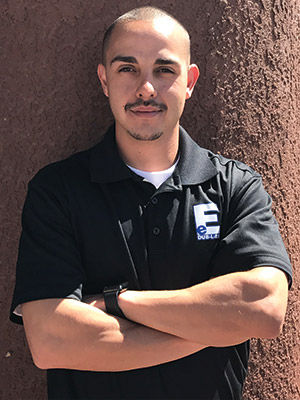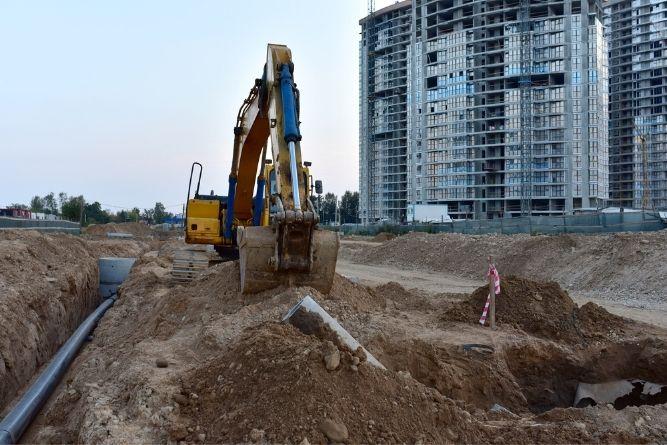Trenching and boring are two common ways of creating access points to install underground utilities. Once a trench has been dug, and the work that that trench was dug for has been completed, that trench needs to be filled. This process is known as backfilling.
You might think that backfilling is as simple as taking the material that was excavated and putting it back into the trench. The process is actually quite a bit more complicated than that. In order to ensure even grading, and reduce the chances of the ground settling due to erosion or other factors, the material being used for a backfill needs to be compacted.
Backfill materials
The material you’ll use for backfilling may vary. It’s quite common to use the same material that you dug out of the trench, especially in the case of soil backfills that are located far from any buildings (at least 5 feet away).
Other materials may be utilized closer to buildings, where some mixture of aggregate is often used. Different materials may also be used if the contractor is particularly concerned about settling. There can be a number of reasons for this, from the qualities of the ground that was dug up, to the sensitivity of the utilities that were installed.
Compaction techniques
There are a variety of techniques that can be used for compaction, and the one your contractor will choose will depend on a number of factors that include:
- The material that was used to backfill
- The utilities located within the trench (if any)
No matter which compaction technique or material is used, backfilling and compaction are done in steps. The contractor will add a few inches (usually between 4” and 12”) of backfill material, then begin compacting it.
Let’s take a look at some compaction techniques:
Water jetting
Water jetting uses pressurized water to compact backfill material. Whether or not water jetting is the best option depends heavily on the type of material that’s being used to backfill. Clay, for example, does not respond well to water jetting. Special precautions must be taken to ensure that sediment-filled water does not enter drains.
Mechanical compaction
Mechanical compaction is done with heavy machinery. Two commonly used machines are tamping rammers and vibratory plates. Tamping rammers are particularly well suited to tight, confined spaces, like trenches. Vibratory plates, on the other hand, are best used with granular backfills, like sand.
Backfill techniques
There are a number of backfill techniques we haven’t covered here. These include flowable fill and dumping. Flowable fill involves pouring a cementitious material into the trench, usually over aggregate. Dumping, on the other hand, involves simply dumping material back into the trench. Dumping is rarely used, as compaction is important in most backfill scenarios.
How do we know so much about backfill? Because we do commercial construction in Albuquerque. That includes utility construction and repair. So if you want a professional who knows how to dig a trench – and then fill it up properly – give us a call.

Eddie has been a resident of Albuquerque his entire life.
After he graduated from high school, Eddie joined the Plumbers & Pipefitters Union where he obtained his Journeyman Plumber and Journeyman Gas Certifications. He then worked in the commercial plumbing industry for 7 years until he and his father decided to go into business together and started Dub-L-EE, LLC.
In the last 7 years Eddie has obtained his GA02, GA03, and MM98 certifications allowing Dub-L-EE to fully utilize Eddie Sr. and Eddie Jr.’s expertise in the construction industry.

